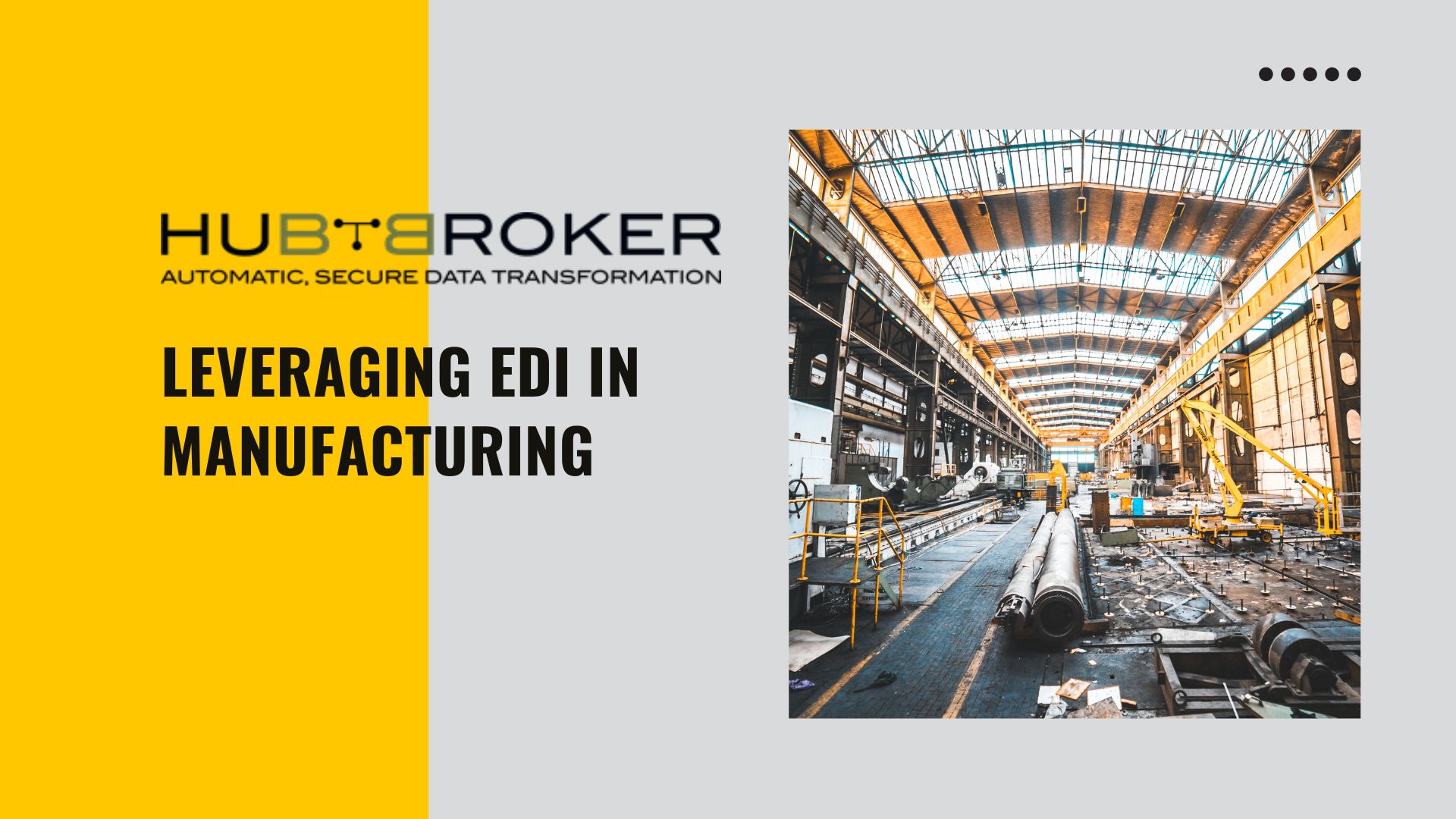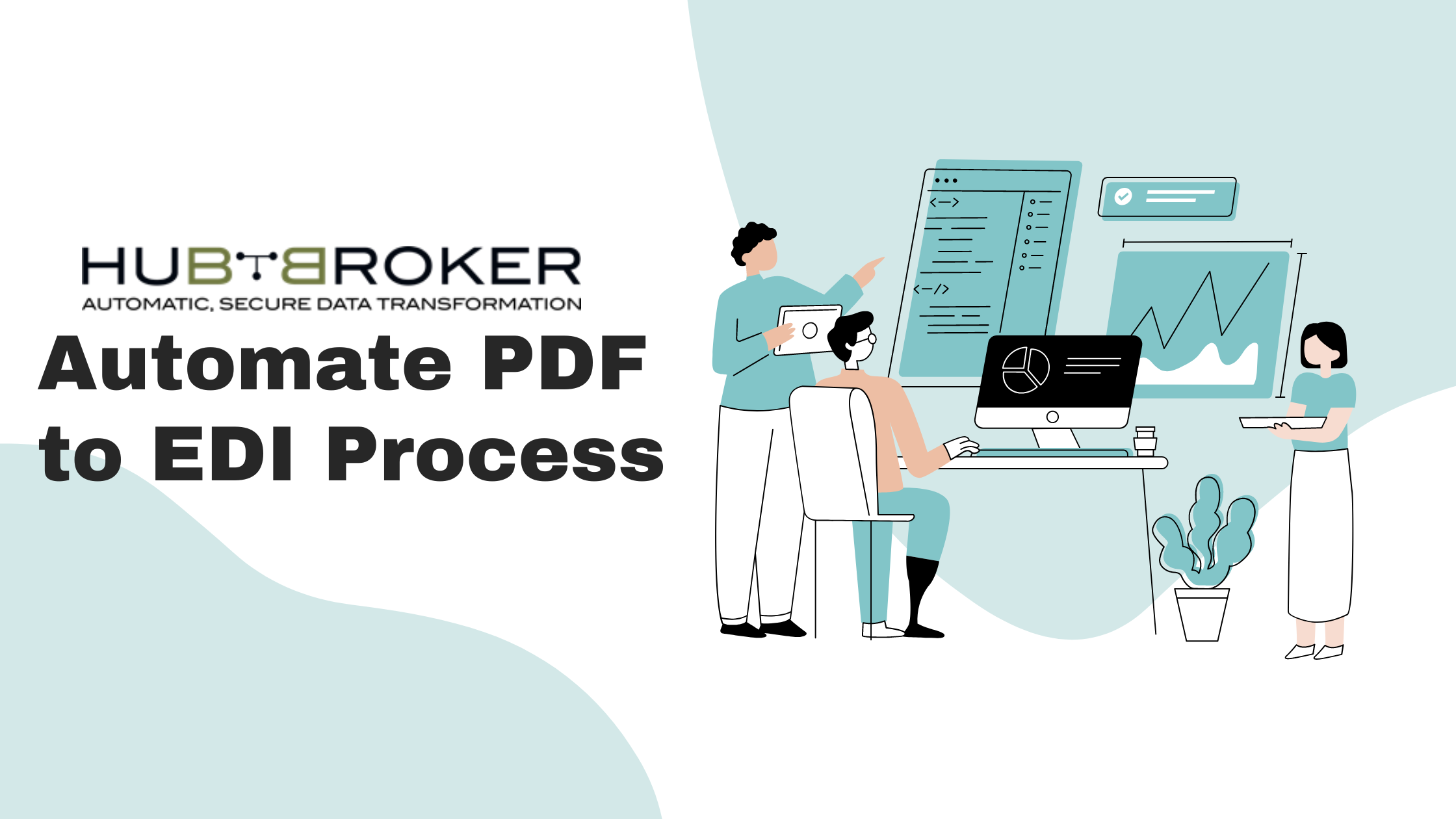In the ever-evolving landscape of manufacturing, technological advancements serve as essential tools for companies aiming to stay competitive and efficient. One such innovation, Electronic Data Interchange (EDI), holds significant promise for revolutionizing operations. This blog post delves into the pivotal role of EDI in manufacturing, shedding light on its benefits and the transformative impact it can have on businesses.
The Significance of EDI in Manufacturing
Electronic Data Interchange (EDI) is the seamless computer-to-computer exchange of standardized business documents between trading partners. In today’s digitally competitive era, robust information systems are indispensable for manufacturers striving to thrive. EDI integration serves as a strategic asset, facilitating smoother operations and bolstering competitiveness.
Unlocking Efficiency and Accuracy
The integration of EDI offers a plethora of benefits for manufacturing enterprises. By automating the exchange of essential business documents like purchase orders and invoices, EDI eliminates manual processes and reduces the risk of errors. This not only enhances efficiency but also fosters greater accuracy in data transmission.
Streamlining Communication and Collaboration
In the manufacturing ecosystem, effective communication is paramount. EDI plays a pivotal role in streamlining communication channels between various stakeholders, including suppliers, manufacturers, and distributors. By standardizing data formats and expediting transactions, EDI strengthens collaboration, accelerates order processing, and optimizes inventory management.
Real-Time Insights and Operational Excellence
One of the key advantages of EDI integration is its ability to enable real-time data exchange with business partners. This facilitates faster order processing and provides enhanced visibility into supply chain operations. By leveraging EDI, manufacturing companies can make informed decisions, improve customer satisfaction, and drive operational excellence.
Implementing EDI Integration: A Seamless Process
The implementation of EDI integration follows a straightforward yet impactful process:
- Document Export: Documents, such as purchase orders, are exported from in-house systems.
- Data Conversion: The documents are converted into standardized EDI formats using data mapping software or EDI translators.
- Validation: The EDI documents undergo validation to ensure structural accuracy.
- Transmission: Data is transmitted to trading partners via a Value-Added Network (VAN) or direct connection using communication protocols like AS2 or SFTP.
- Receipt and Processing: Trading partners receive and process the EDI documents, acknowledging delivery through a message disposition notice (MDN).
Maximizing Business Potential with EDI
Manufacturers stand to gain a multitude of benefits by embracing EDI integration:
- Efficiency Enhancement: Seamlessly communicate with OEMs, suppliers, and customers, fostering efficient processes and delightful experiences.
- Operational Agility: Gain real-time visibility over data streams, enabling agile decision-making and adaptable manufacturing and inventory processes.
- Cost Reduction: Accelerate transaction speeds, minimize errors, and mitigate chargeback situations, ultimately reducing overhead costs.
- Productivity Boost: Ensure on-time delivery, support JIT principles, and enhance engagement with business partners, leading to improved sales and faster revenue realization.
Embrace the Future with EDI Integration
In a landscape where digital transformation is paramount, EDI integration emerges as a catalyst for success in manufacturing. By optimizing processes, enhancing collaboration, and driving efficiency, EDI empowers manufacturers to stay ahead of the curve and unlock new avenues for growth. Ready to elevate your manufacturing operations? Request a demo of EDI integration today and embark on a journey towards operational excellence.





